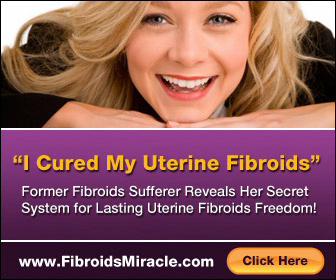You can get pregnant with uterine fibroids and endometriosis cysts, but it may be challenging. These are some things you have to prepare for:
Decreased Fertility
If the lining of the uterus becomes inflamed, the scarring and swelling may prevent the egg from traveling to its destination. It also creates a hostile environment that damages the egg and the sperms.
On some occasions, the inflammation may cause the organs in the pelvis to stick together and stop working properly. It may also create blockages in the fallopian tubes – the channels where the egg passes through to reach the womb.
IVF may help you conceive despite having endometriosis. However, it is quite expensive (it can cost up to $15,000) so you have to save up for it.
Pregnancy Complications
Fibroids don’t usually grow if a woman is pregnant, but if they do, they would appear during the first 3 months. This is because fibroids need estrogen to develop, and this hormone is more abundant during early pregnancy.
Some of the complications of having fibroids during pregnancy are bleeding, pain, placental abruption (the separation of the placenta from the uterus before giving birth), miscarriage, or preterm delivery.
Large fibroids may take up space inside the womb and restrict the growth of the fetus. This may result to fetal abnormalities or an early birth.
When fibroids alter the shape of the birth cavity, the baby may be unable to move into the proper position for vaginal birth. It may stay in a breech position.
Uterine fibroids can block the birth canal or prevent the uterus from fully contracting. Because of this, a Caesarian section may become necessary.
The good news is that fibroids usually shrink after pregnancy. Once you gave birth, you may start to worry less about your fibroids.
Endometriosis Cysts and Pregnancy
Having endometriosis and cysts won’t stand in the way of being fertile, but as with fibroids, they can make pregnancy and delivery more difficult. Fibroids and cysts are similar, but the former are made of compact tissue while the latter is fluid-filed.
Take note that these two conditions are addressed with certain treatments that will prevent pregnancy. Hormonal treatments can cause a menopause-like state and temporarily stop the problems, but they will also prevent pregnancy. A hysterectomy removes the entire uterus and the fallopian tubes – this is often done for serious cases. However, a pregnancy will be impossible afterwards.
In contrast, laparoscopy or myomectomy can remove the scarring and growths to improve the chances of getting pregnant. This involves making small cuts in the uterus without removing the organ. The surgeon may use lasers, a heating tool, or a cutting tool for this.
The Verdict
It is possible to become pregnant with uterine fibroids and cysts, but it will be tougher. It is best to address these problems before becoming pregnant so you could conceive more easily. If in case you are already pregnant, you need to work closely with your doctor to monitor the child in the womb and to solve any problem that may arise.


